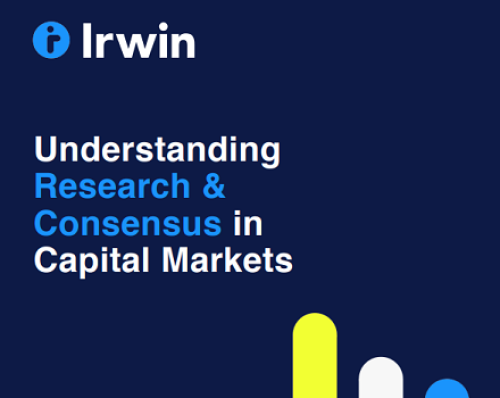The role of an equity analyst is to parse vast quantities of structured and unstructured information into simple, easy-to-follow research reports that provide investment advice to clients. As asset managers face greater pressure to disclose the ESG risks their portfolios are exposed to, sell-side analysts face similar pressure to assist their clients by acting as detectives, rooting out potential undiscovered ESG risks their clients – and their clients’ clients – may be exposed to.
Whether they make good detectives depends on who you ask. Long-tenured, highly experienced sell-side analysts will know their sector better than most and will, therefore, have been factoring in ESG risks as material risks for years, if not decades.
At least that’s the party line from many on the sell side. Sometimes this research has been explicit and sometimes people have needed to read between the lines. In this interpretation, the analysts’ learning curve is short; they had to understand the taxonomy of ESG in order to use the correct words, phrases and labels in their research.
But not everyone sees it this way. IR Magazine spoke to several IR professionals at companies that are broadly considered to have done a good job integrating ESG into their equity story, and they describe working hard to ensure that their consideration of ESG risk and reward is priced into their analysts’ research. Their reading is not that equity analysts simply need to show their working, but that they have more work to do to broaden their analysis – especially in light of the large number of ESG raters and rankers out there.
In fairness, this isn’t representative reporting: companies that lead the way on ESG will likely feel their ESG story could be better understood. By the same token, sell-side analysts who lead their profession on ESG integration will likely feel the public companies they cover could be doing more to integrate material ESG factors into their financial reporting.
Regardless, there is a concerted effort on the sell side to fully integrate material ESG factors into research and to standardize the taxonomy – as there is on the buy side, and among issuers, raters and rankers.
Promotions, hires and expanded roles
One approach being favored is to hire or promote individuals to create ESG research teams that can work across different asset classes to advise, educate and consult the sector specialists. Some interviewees liken these groups to internal think tanks, while others say the creation of these teams mirrors the formation of responsible investment teams on the buy side in recent years.
This is the approach Barclays took when it hired Marie Freier as its managing director and global head of cross-asset ESG research in January 2021. Freier has spent the bulk of her career at Sanford Bernstein, the sell-side arm of Alliance Bernstein, most recently as its global head of ESG.
She says she was drawn to the Barclays role because of the scope she has to build a team of ESG experts who can work with Barclays’ equity and credit analysts, and to anticipate regulatory and market changes coming down the road.
Influencing tenured equity analysts is sensitive work that requires a deft understanding of soft power. ‘Part of why this role is so difficult is that you’re telling very experienced, intelligent folk who have been doing this for a very long time that they haven't been factoring in crucial elements of ESG,’ Freier says. ‘Invariably, there’s an Aha! moment where they realize we’re talking about topics they’re familiar with. We need to challenge ourselves to analyze non-financial and intangible topics, even though they don’t fit as neatly into financial analysts’ way of working. It can be quite a lot of effort to get them comfortable with new data sources, but it’s a natural extension of what they do, and what they do well.’
Part of Freier’s job is to co-ordinate the ESG research Barclays has been producing across different parts of the business, including the sustainability team, the quant team and the fundamental analysts. This is largely the same for her counterpart, Anita McBain, at Citi Research. McBain was appointed as head of EMEA ESG research in September 2020 and also brings recent experience of ESG integration on the buy side, having previously served as head of responsible investment and ESG at M&G Investments.
‘My mandate here is to raise awareness for ESG, to lead on integration of ESG, to evidence that integration and to demonstrate its outcomes,’ McBain says. ‘I believe it’s really important to be seen as an enabler. I’m there to support my colleagues and work side by side with them. A lot of our analysts have 25 years of deep sector expertise and in many cases they’ve been focused on ESG integration already. I’m working to formalize that into a structure.’
This is an extract of an article that was published in the Summer 2021 issue of IR Magazine. Click here to read the full article.










